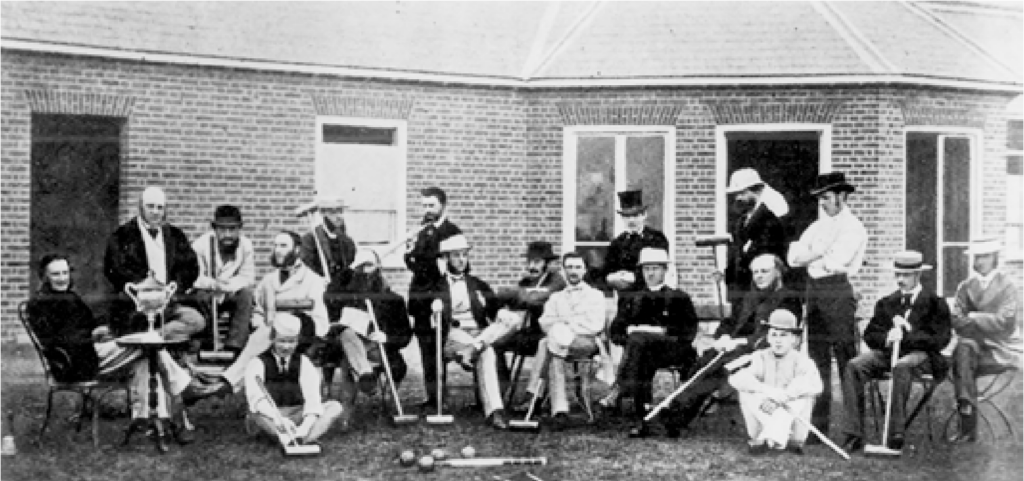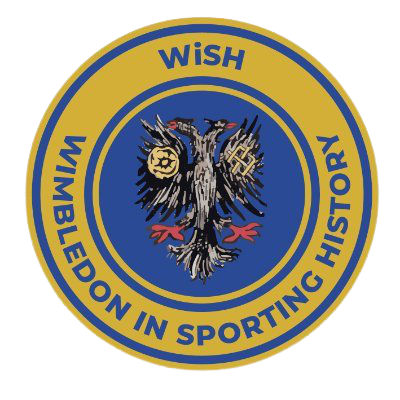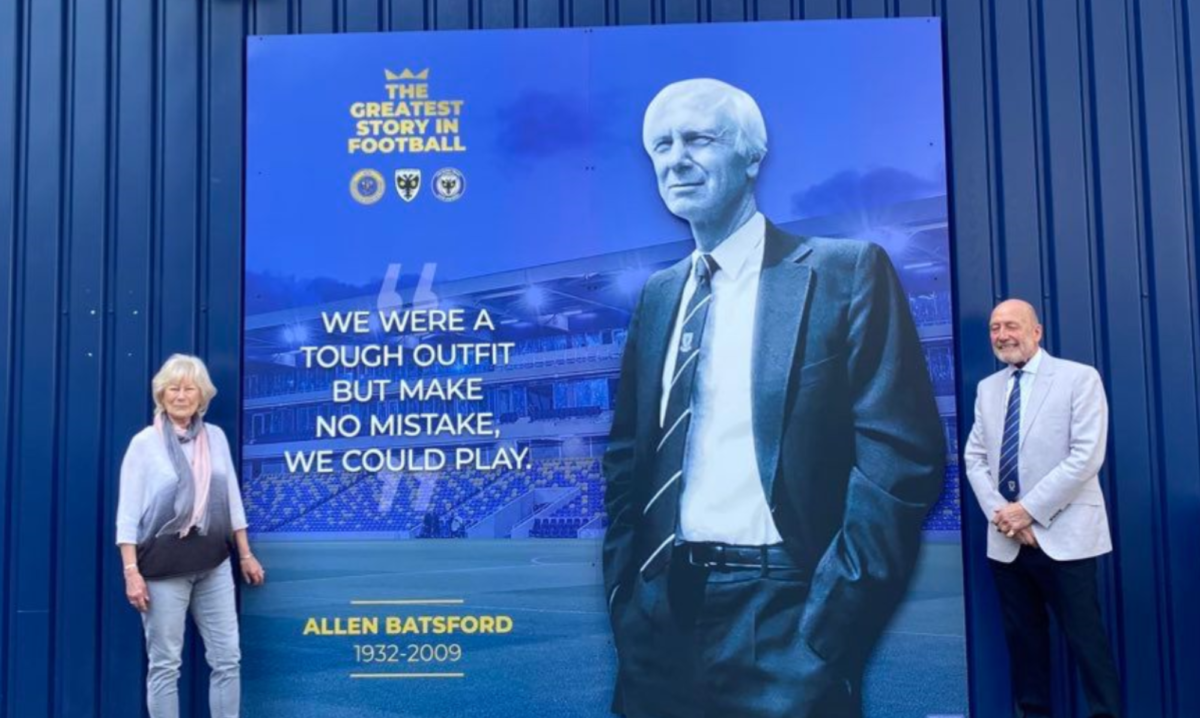The Birth of Tennis
The beginning of tennis in Wimbledon is not directly connected to the popularity of tennis during the mid 1800s. It is through another and unlikely sport that professional tennis first came to Wimbledon; this was croquet. In 1868 John Henry Walsh – a qualified surgeon and sports writer – decided to start a croquet club along with five young sportsmen named the ‘All England Croquet Club’.


In 1870 the first All England Croquet Championships were held successfully, but steadily over the next five years the popularity of the sport declined and the club was soon faced with the threat of bankruptcy. It was due to this that in 1875 one of the committee members suggested to allow the new sport of Lawn Tennis to be played on one of the croquet lawns. This decision caused a lot of interest leading to three more lawns being added for tennis the following year. host an annual tennis Championship for gentlemen with the aim of raising funds for its broken ponydrawn roller used to maintain the croquet lawns. As a result, the first Wimbledon Tennis Championships, hosted by AELTC, were held in 1877. The first Wimbledon Tennis Championships saw 22 men enter and pay the one shilling entrance fee (equivalent to approximately £3.50 today) to compete. They wore white shirts and trousers secured with a belt, a small hat, and used tennis racquets which resembled snow shoes in shape.
Rather than using just the four courts allocated for Lawn Tennis at that time, the Championship matches were played on all twelve croquet courts. Approximately 200 hundred people travelled significant distances to watch the final. In 1877 the club was renamed All England Croquet and Lawn Tennis Club (AELTC). In the same year the club decided to host an annual tennis Championship for gentlemen with the aim of raising funds for its broken pony-drawn roller used to maintain the croquet lawns. As a result, the first Wimbledon Tennis Championships, hosted by AELTC were held in 1877. The first Wimbledon Tennis Championships saw 22 men enter and pay the oneshilling entrance fee (equivalent to approximately £3.50 today) to compete. They wore white shirts and trousers secured with a belt, a small hat, and used tennis racquets which resembled snow shoes in shape. Rather than using just the four courts allocated for Lawn Tennis at that time, the Championship matches were played on all twelve croquet courts. Approximately 200 hundred people travelled significant distances to watch the final.
The popularity of the annual Tennis Championships grew and it quickly spiralled into an important event for spectators and competitors alike. Demand increased steadily over the next 37 years as the Tennis Championships established a high class garden party atmosphere and ever more significant prize funds for competitors. During this time croquet was gradually phased out by the club, which began to establish itself as the leading tennis club in the country.
By 1914 the grounds, with capacity for 3,500 spectators, could no longer meet demand and the Tennis Championships were at risk of overcrowding. People began to queue outside overnight waiting for the gates to open so they could get tickets to attend this much sought after event.
In 1920 a significantly larger ground consisting of 13 acres was purchased in Wimbledon Park (a triangular plot of land between Church Road and Somerset Road) and new tennis courts were developed with larger capacity. The new grounds opened in 1922 and the much improved Centre Court started to generate international interest with the Tennis Championships attracting visitors and competitors from far and wide. The annual Wimbledon Tennis Championships are still held at this site today and apart from a break in play from 1940 to 1945 due to the effects of the Second World War, the Championships hosted by AELTC have taken place every year since 1877.
Wimbledon Tennis Today
Wimbledon is now the oldest tennis tournament in the world. One of four annual Grand Slam Tennis Tournaments in the world today, Wimbledon is the only tournament played on grass. The tournament takes place over two weeks in late June into early July, and still follows a strict dress code and maintains its high-class garden party atmosphere for spectators. Starting with just 22 competitors and 200 spectators in 1877, today the Championships have over 500 competitors from more than 60 different countries and welcome around half a million spectators over two weeks in grounds with capacity for 38,500 spectators. With well over 100 years of Championships, Wimbledon has seen spectacular tennis in abundance. Countless records have been created and broken by the greatest tennis players in the world at Wimbledon.

There are 19 tennis courts grown purely of ryegrass. The main show courts are the Centre Court and Court One. Centre Court’s only regular use is the two weeks of the Wimbledon Tennis Championships, equipped with a premier box used by the Royal Family and other famous guests, establishing itself as what is arguably the most famous tennis venue in the world. Many spectators and tennis players alike regard Wimbledon as the most prestigious tournament in the world making it the most soughtafter accolade in the world of tennis.
“I first got into the sport when the All England set up the Wimbledon Junior Tennis Initiative. They came around to all the local schools in Merton…when I was five. They had a training day and any kids with good footwork and hand/eye coordination, they invited to free tennis coaching on the weekend, at the All England which was very exciting. So they picked me luckily and I came and went on the coaching and I absolutely loved it. I wanted to keep going and carry it further, so then I went to my local club in Wimbledon, Westside Lawn Tennis Club and I started having some private lessons with Alison Taylor and she’s still my coach today… It is hard but if you’re dedicated and you really want to do it then its fine… My tennis ranking at the moment is number 19 in the country for the 16 and under age group.”
Chloe Poppy Halliday, ranked 19th in Tennis U16s in 2012

